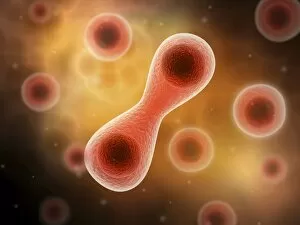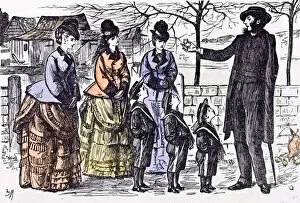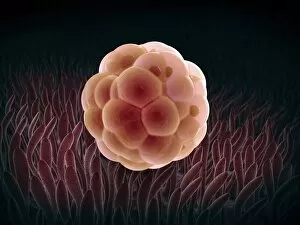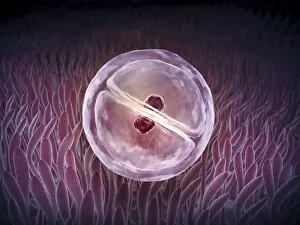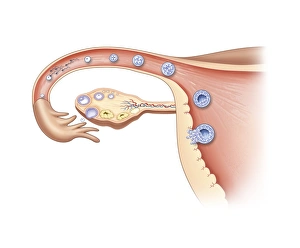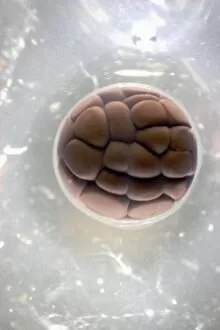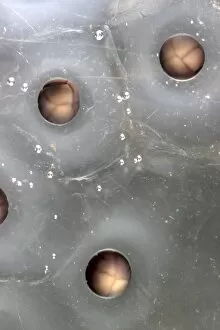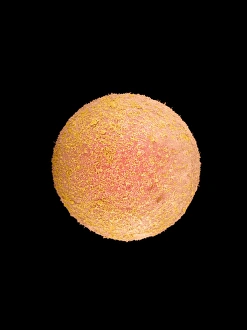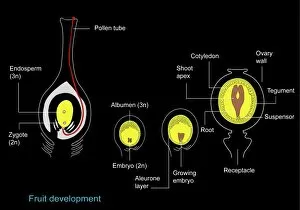Zygote Collection
The zygote, a crucial stage in embryo development occurring 24-36 hours after fertilization, is depicted in artwork F006 / 2563
All Professionally Made to Order for Quick Shipping
The zygote, a crucial stage in embryo development occurring 24-36 hours after fertilization, is depicted in artwork F006 / 2563. This cross-section biomedical illustration showcases the remarkable process of human cell division, with the zygote dividing to form new cells. Ectopic pregnancy, a condition where implantation occurs outside the uterus, can occur in various locations within the female reproductive system. Exploring this topic further reveals fascinating insights into zygote development and its significance within our bodies. Conceptual images of common fertilization and mitosis provide visual representations of these intricate biological processes. Additionally, understanding how identical and non-identical twins develop sheds light on the complexities formation. Through microscopic views of cell division, we gain a deeper appreciation for the intricacy and precision involved. Beyond biology, "zygote" also finds connections in unexpected places. Alertness and attention are essential qualities when it comes to poultry farming – chickens require concentration and care from farmers wearing their signature hats. Education plays a vital role as well; learning about concepts like zygotes fosters inquiry and curiosity among students. In an intriguing historical context, conibos turtles' reproduction involves laying eggs that undergo zygotic development before hatching. In 1869 Peru's South America witnessed oil production during vintage times – an era intertwined with significant events such as turtle egg incubation.







